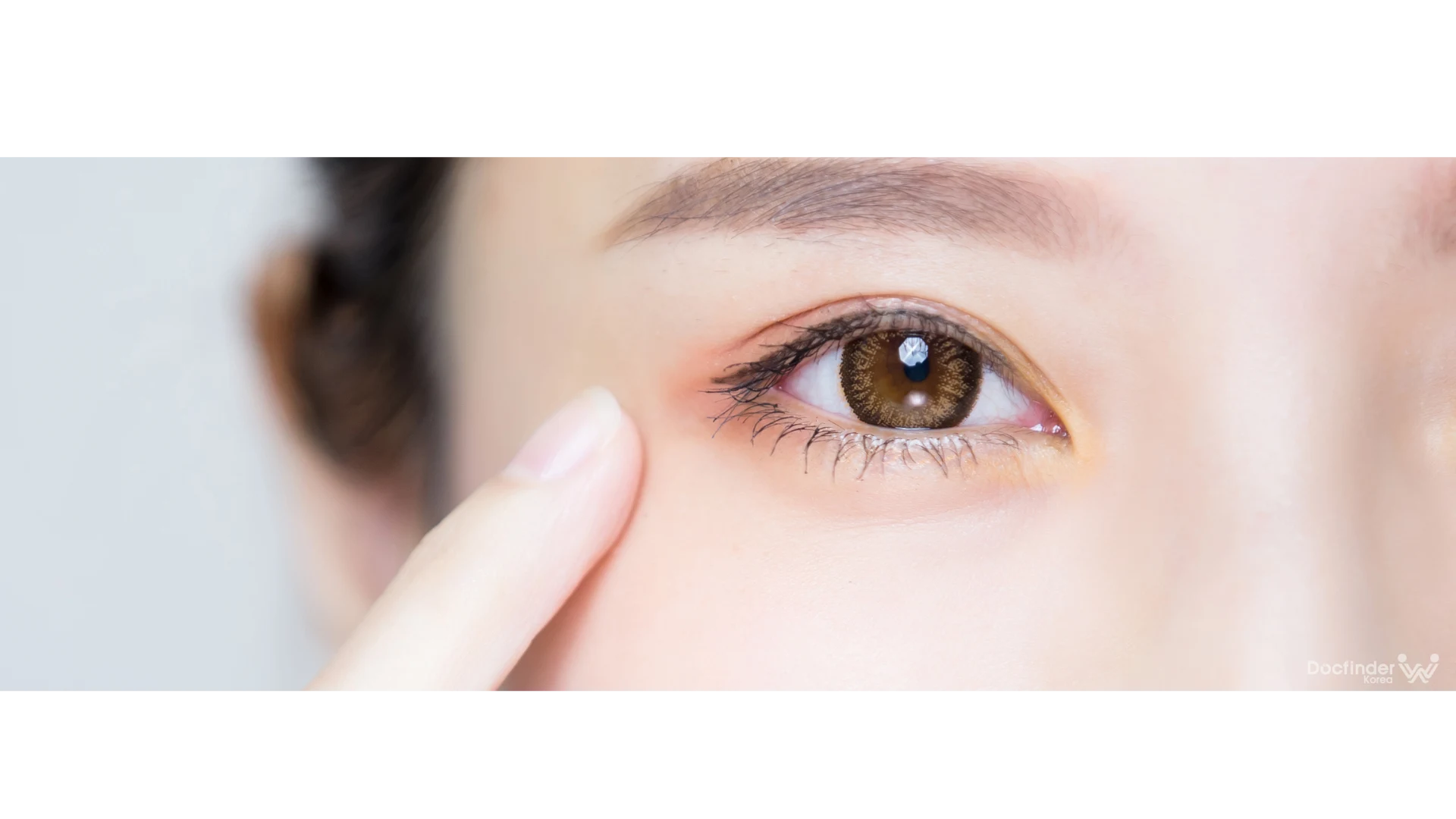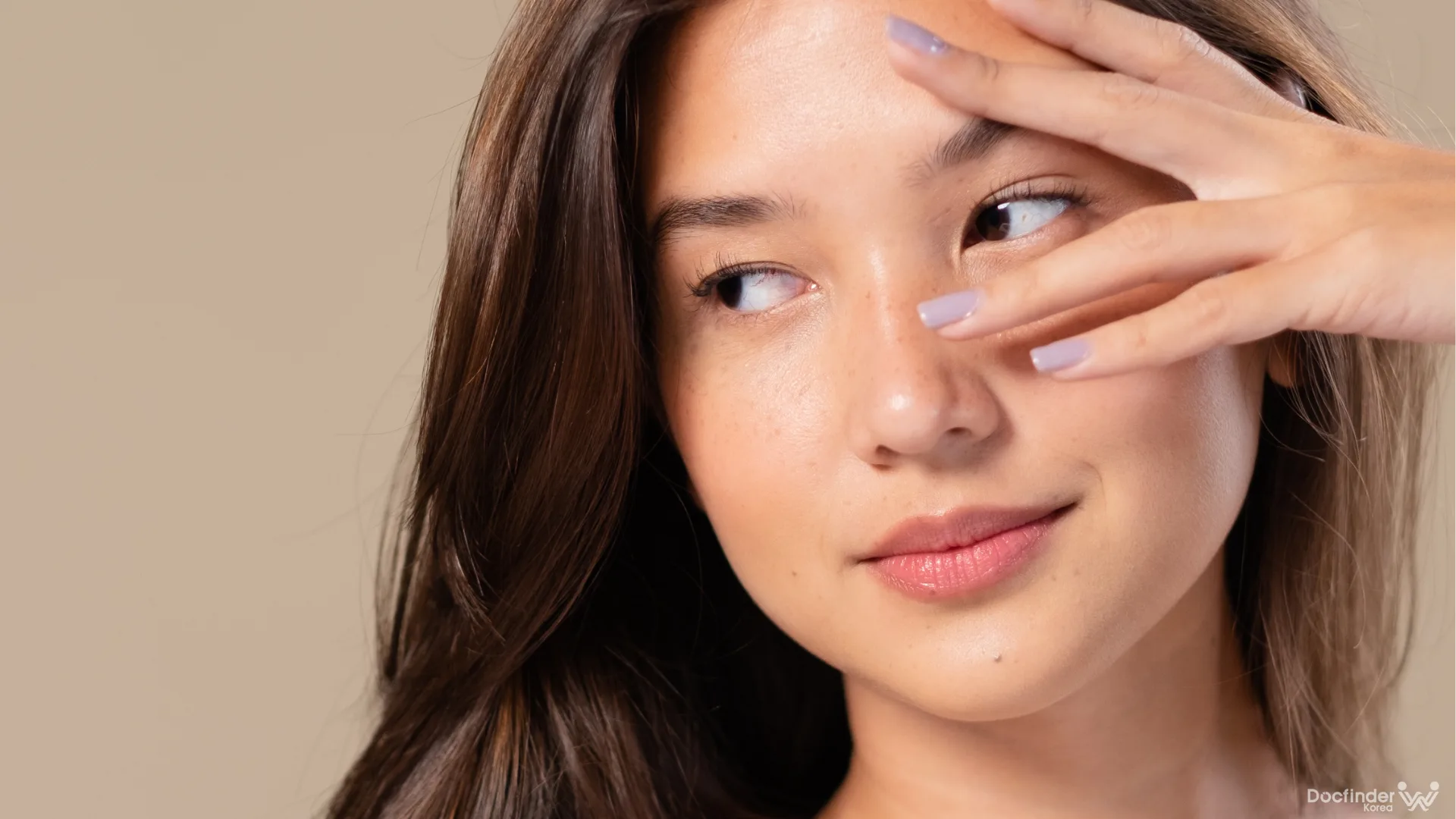Journal
Things To Know For A Successful Double Eyelid Surgery Result
2022-12-14
Eyes

Things To Know For A Successful Double Eyelid Surgery Result
Overview
People frequently overlook the concept of a universal style of beauty, one that is recognized by most, if not all, people and that can be approved in general. Some of the more well-known characteristics of this universal beauty are attractive cleavage, longer legs, and spotless skin. These subjectively attractive characteristics are not particularly associated with an ethnic group or race but are merely believed to improve a person's physical image. Similarly, among these features, larger and brighter eyes might be attributed to universal beauty criteria. As a result, Asian women get eyelid surgery to enhance their beauty rather than to replicate Western features. Because of their dynamic features, the eyes are a distinctive feature that can be identified from the rest of the face and body.
Double eyelid surgery

Double eyelid surgery is a common procedure in Korea that involves creating a crease on the eyelids to make the eyes appear larger. It is a procedure that is more common in Asian countries such as Korea, China, and Japan. This is because "monolids" are more common among people of (East) Asian descent than in those of other ethnicities. Monolids are eyes that lack a crease on the upper eyelid, resulting in smaller eyes.
The type of double eyelid procedure that is most appropriate for the patient will be chosen based on what kind of eyelids the patient currently possesses along with the kind of eyelids he/she desires. There are various sorts of eyelids, which we're going to discuss below.
Monolids, additionally referred to as Epicanthal Folds, are a single strip of skin that extends from the nose to the brow. This makes the eyelid appear to have a single crease. Although monolids do not interfere with vision, they can make the eye appear more drooping or prominent, as well as narrower. The upper eyelid may also appear puffy. Monolids are typically the consequence of genetics, but they are also common in people with certain medical disorders.
A tapering eyelid is formed when the eyelid crease runs parallel to the upper eyelash and blends with the inner corners of your eyes.
A lateral flare, which is also a sort of tapering eyelid, occurs when the outer edge of the eyelid base is wider than the middle area.
Parallel eyelids feature an inner corner of each eyelid crease that does not narrow; alternatively, it goes over your top eyelash line but does not meet the corners of the eyes.
Hooded eyelids have an extra layer of skin that falls over the eyelid crease, making the eyelid appear smaller. In particular circumstances, a hooded eyelid might entirely hide the eyelid crease. Hooded eyelids can occasionally be a result of aging, but they can occur at any age.
Double eyelid surgery types
There are three primary approaches for the double eyelid procedure. The one your doctor chooses will be based on both your preferences and your specific needs, such as whether you want to create an eyelid crease or make the existing crease stand out more.
The primary types of double eyelid surgery are:
Full incision double eyelid surgery: involves the physician making a full incision along the entire length of the new eyelid crease and using removable sutures to keep the eyelid in place while it recovers. This technique is often used for individuals who need to remove extra fat and skin from their upper eyelid. There might be an insignificant scar along the crease.
Partial incision double eyelid surgery: the process is similar, but the incision is made as tiny as possible to reduce the size of the scar. This technique may be the best option for patients who have excess skin (but not fat) excised from their eyelids.
Non-incision double eyelid surgery: is the least invasive method of doing double eyelid surgery because no incisions are necessary. It may be a suitable choice for individuals who do not require any skin or fat excision. The surgeon makes tiny incisions in the eyelid and inserts permanent sutures through them to form a crease. This is probably the most "reversible" of the procedures. However, the fold may come undone with time.
Consultation before double eyelid surgery
Patients will receive a comprehensive appointment before the double eyelid surgery to address their particular requirements and goals. Some inquiries that may be asked include the preferred kind and height of double eyelids, as well as the ability to endure downtime. A thorough physical examination will be undertaken to evaluate both the upper eyelid tissues and visual function. A choice on the sort of eyelid surgery to be performed can then be determined. Aside from that, any other medical issues or drugs will need to be reviewed.
What to expect after double eyelid surgery
Following double eyelid surgery, temporary side effects might appear that include:
- Sensitivity to light
- Blurred eyesight (due to the ointment)
- Watery eyes
- Numb and swollen eyes
- Double vision.
- Minor soreness or discomfort.
- Swelling and bruising (like having a black eye)
Tips to have a swift recovery
Using a cold compress regularly helps minimize swelling and bruising, which is especially helpful throughout the first week of recovery. On an hourly basis, apply an ice pack wrapped in a clean towel for up to 20 minutes.

Refrain from taking ibuprofen (Advil), aspirin, or naproxen sodium (Aleve), as these may trigger bleeding. Instead, consult with your doctor about taking Tylenol, also known as acetaminophen for pain.
During the first two weeks after surgery, rest and take care of your eyes by doing the following:
- Avoid rubbing your eyes.
- Limiting screen time and reading can help prevent eye strain.
- Use prescription eye drops to keep your eyes from drying out.
- Sleep with your head raised over your chest to decrease swelling.
- Avoid applying makeup around your eyes while the wounds heal.
- Wear glasses rather than contact lenses for at least the first two weeks.
- When going outside, use sunglasses and a hat to help protect your delicate eyes from the sun.
Avoid salty foods for as long as attainable, as they cause your body to retain more water. Smoking and alcohol intake should also be avoided for the first three weeks in order to speed up recovery and promote healing.
FAQ
A monolid is not an undesirable feature, and many people prefer this eye form. Others, however, prefer eyes that appear with a double lid and wider. Makeup, glue, and surgery may all be utilized to accomplish this. If you are dissatisfied with your eye shape, try these, but keep in mind that monolid eyes are lovely just the way they are.
Which double eyelid creation method is the best?
Double eyelid tapes and glues are methods that are promoted as a way to achieve double eyelids. Eyelid tape is simply a clear, little piece of paper that you're able to place on your eyelid. It is designed to adhere to your skin, forming a crease and gently opening the eye. Similar principles apply to eyelid glue. Instead of putting a strip on your eyelids, you use an adhesive liquid to stitch the skin together and create a double crease.
However, to have permanent results, it is recommended to consider a double eyelid procedure. Plastic surgeons may utilize different kinds of methods to get the desired double eyelid line. In general, you have two options for double eyelid surgery: one with an incision and one without. Incision double eyelid surgery is typically more invasive because it requires cutting the skin of the eyelid. Depending on the amount of excess skin and fat, your surgeon may make a complete or partial incision. The non-incisional treatment (suture method) is less intrusive and produces no visible scars. The double eyelid fold is created by plastic surgeons using permanent sutures.
Are double eyelid surgery’s results permanent?
Double eyelid surgery can be permanent or reversible, depending on how it is performed. If your surgeon makes a complete or partial incision during your double eyelid surgery, it is highly unlikely to reverse the surgical procedure. If you have no-incision double eyelid surgery with permanent sutures, your surgeon might be able to loosen the sutures and restore the previous shape
How long does it take to recover after double eyelid surgery?
Double eyelid surgery is a minimally invasive procedure that involves only a tiny, thin incision. This means that healing time is considerably shorter than for many conventional cosmetic surgery procedures. Sutures are used to close the incision and leave a scarcely detectable scar. These sutures are taken out one week following surgery. Many patients can resume their regular routines within a couple of weeks of surgery.
Can I wear contact lenses after having a double eyelid surgery?
Wearing contact lenses entails pushing on the external layer of the eyelid, which is why we don't advocate wearing them until your eyes have healed. You will most likely require wearing glasses for a few weeks or days, depending on your particular condition and healing time.
Related Youtube videos
Plastic Surgery in Korea Changed My Life
The surgery that will make your eyes bigger
DO I NEED PTOSIS CORRECTION? | EYES Q&A | Dr. Kang Min Suk
Double eyelid surgery is another approach that has grown exceedingly sophisticated technologically in the last two to three decades. Double eyelid surgery has evolved into the most common procedure performed by South Korean plastic surgeons. Through the desired creation of a crease, it has been possible to provide patients with an even more appealing and vivid appearance.
Don’t hesitate to book your online consultation with Dokfinderkorea.
Back


